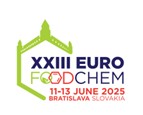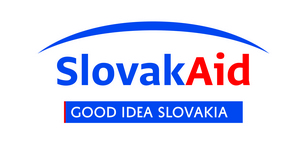Scientific journal
Journal of Food and Nutrition Research
Summary No. 2 / 2014
Izli, N. – Isik, E.
Effect of different drying methods on drying characteristics, colour and microstructure properties of mushroom
Journal of Food and Nutrition Research, 53, 2014, No. 2, s. 105-116
Nazmi Izli, Department of Biosystems Engineering, Faculty of Agriculture, University of Uludag, Gorukle Campus, 16059, Bursa, Turkey. E-mail: nazmiizli@gmail.com
Summary: In this study, the effects of microwave, convective and microwave-convective drying treatments on the drying parameters, colour and microstructure properties of mushroom samples were investigated. To select the best thin-layer drying models for the drying treatments, 9 mathematical models were fitted to the experimental data. Based on evaluation by statistical tests, the Midilli et al. model, the Diffusion Approach model, Logarithmic model, and Wang and Singh model were found to be the best-fitting models to describe the drying behaviour of the mushroom samples. The shortest drying time was provided with microwave method at 500 W (35 min). However, the drying time was significantly reduced by combining microwave treatment with conventional drying. The drying time at microwave-convective power combination level of 90 W – 50 °C was by 33.8% shorter than drying by only microwave at a power of 90 W, and by 52.9% shorter than the drying by only convective treatment at a temperature of 50 °C. The colour values of the samples dried at 50 °C were closest to the fresh samples for all drying conditions. Scanning electron microscopy images revealed that a higher temperature or microwave power caused greater damage to the microstructure of the mushroom samples.
Keywords: microwave drying; thin layer; mushroom; colour; microstructure
Download:
(pdf, 728.21 Kb, 7405x)










